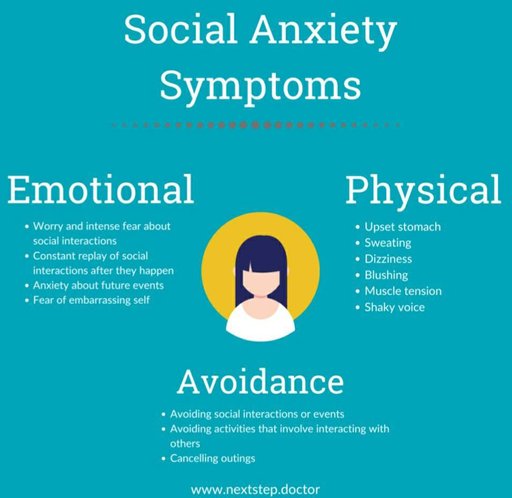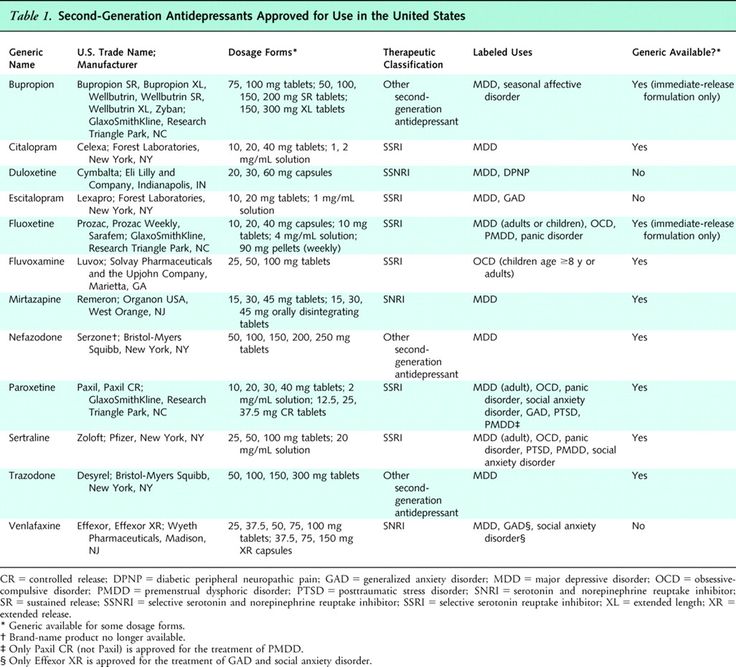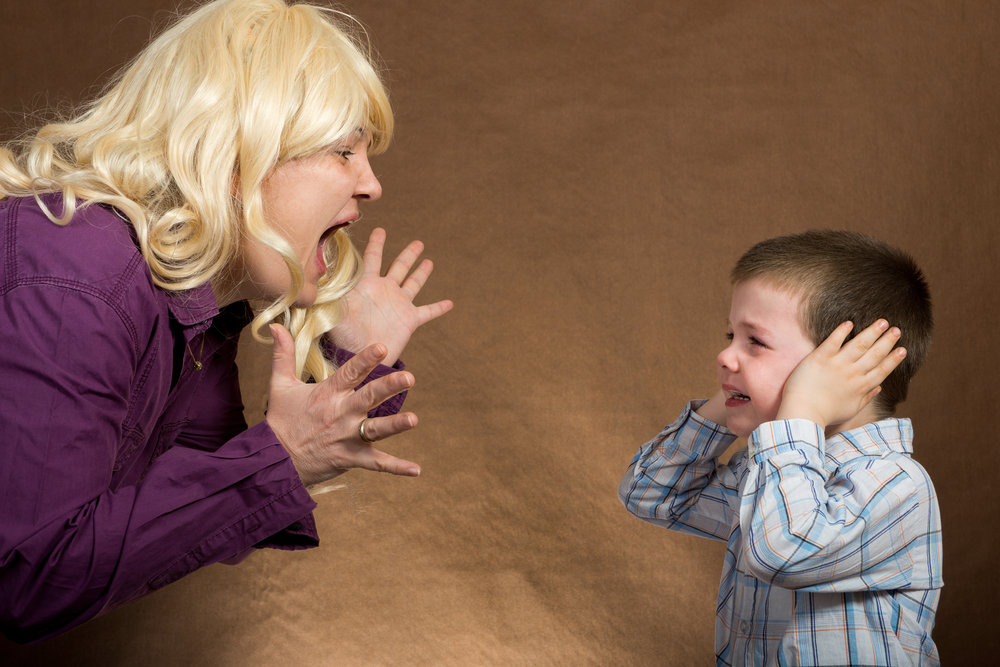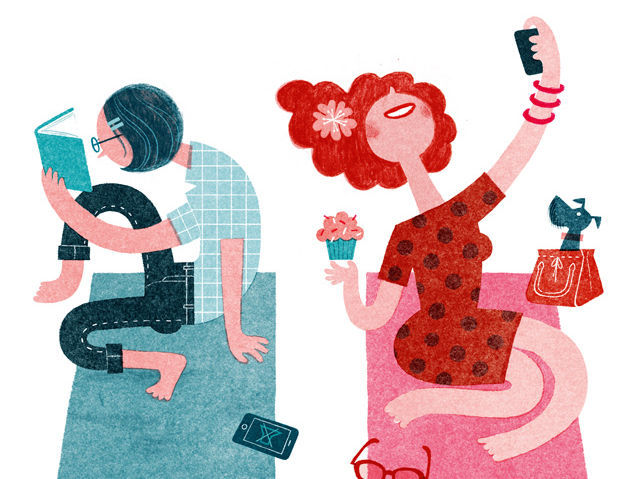Anxiety after socializing
STUCK IN THE AFTERMATH OF SOCIAL ANXIETY AND RUMINATION
Posted on by John Montopoli
What is Post-event Rumination and How Does It Relate to Social Anxiety?
“Why did I say that?” “I was the most awkward person at the party.” “I was so quiet that no one even noticed that I was there.” Have thoughts like this plagued you following a social event? When a person is stuck thinking over and over about an event that occurred, they are experiencing post-event rumination. Post event rumination is a common experience for those overcoming social anxiety.
Brooding is a subtype of rumination which is “a passive comparison of one’s current situation with some unachieved standard.” (Treynor, Gonzalez, and Nolen-Hoeksema, 2003). Researchers are interested in understanding the role that brooding plays in social anxiety disorder. Studies have shown that post-event rumination increases anxiety and negative emotions over time (Brozovich & Heimberg, 2011).
Additionally, rumination maintains negative beliefs in persons with social anxiety (Vassilopoulos & Watkins, 2009). Brooding is not only an unpleasant experience but also perpetuates and increases social anxiety.
As the diagram shows, people with social anxiety tend to evaluate their performance following a social event. The brooding cycle begins when self-evaluation focuses on unrealistic expectations of one’s performance and an unbalanced focus on negative information about oneself. Worries about others’ opinion about the social event also keeps the cycle moving. Brooding, as you would imagine, increases anxiety about the situation. As time passes, the ability to objectively evaluate the past events becomes more difficult. The next time a person is in a similar social situation, they quickly remember the past event that went horribly wrong. Anticipating the same result, they enter the situation with a higher level of anxiety. And so the cycle is maintained.
Dr. Faith Brozovich studied this issue. She found that reducing brooding had a big impact on changing social anxiety symptoms. Brozovich and her colleagues determined that using Cognitive Behavioral Therapy techniques reduced rumination and also reduced social anxiety symptoms. Techniques called cognitive restructuring, exposure, and mindfulness are most helpful in reducing brooding and social anxiety.
Faith Brozovich studied this issue. She found that reducing brooding had a big impact on changing social anxiety symptoms. Brozovich and her colleagues determined that using Cognitive Behavioral Therapy techniques reduced rumination and also reduced social anxiety symptoms. Techniques called cognitive restructuring, exposure, and mindfulness are most helpful in reducing brooding and social anxiety.
What can be done about rumination to help with my social anxiety?
“Try an experiment. For the next 30 seconds, stop reading after this sentence and think about anything you want, EXCEPT, pink and white polka-dotted elephants. GO!” “How did it go?” Thought suppression is hard, if not impossible, to do reliably for long periods of time. As many can attest, simply stopping post-event rumination is far from easy to do. Attempts to suppress brooding may cause the thoughts to come back with a vengeance.
Inspired by cognitive restructuring, try the following exercises:
- Identify what element contributes most to the rumination.
 Ask yourself, “what was it that I said or did that I’m worried about?” Or, “what was it that I DIDN’T say or do that I’m stuck on?”
Ask yourself, “what was it that I said or did that I’m worried about?” Or, “what was it that I DIDN’T say or do that I’m stuck on?” - Consider others’ opinion of your actions. Ask yourself, “what am I worried that others will think of me?”
- Test your beliefs. Ask yourself, “What’s the evidence these worries are true?” “What’s the evidence these worries are untrue?”
- Examine your expectations. Ask yourself, “Are my expectations of my performance unrealistic?” “Are my expectations of others, in the same situation, on par with my expectations?” “What are more realistic expectations?”
- Consider the worst case possibilities. Ask yourself, “If the worst case scenario happened, how would I deal with it?”
- Take action steps. Ask yourself, “What can I do to cope with others’ thinking negatively of me?” “How will I cope with the worst thing happening?” “Do I need to learn skills to effectively handle similar situations in the future?” Plan concrete action items you can move on.
 Set a date and time to accomplish these steps.
Set a date and time to accomplish these steps. - Use mindfulness skills. Mindfulness is the practice of bringing one’s attention to what’s occurring in the present moment without judgment. Imagine the post-event rumination as background noise (like an annoying buzz or static sound) while you’re engaging in an important task. Your goal is to keep as much attention on the task while letting the background noise fade out of your awareness.
Breaking habits and developing new skills requires persistence and patience. Enlist the support of friends or loved ones to help follow through with your action steps. Be gentle with yourself. Remember the famous saying, “it’s progress, not perfection.” Keeping with these skills will help reduce brooding and post-event rumination. Breaking the brooding cycle decreases social anxiety symptoms.
John R. Montopoli, LMFT, LPCC
Cofounder National Social Anxiety Center; Director NSAC San Francisco
How to Get Help for Social Anxiety
The National Social Anxiety Center is a national association of Regional Clinics and Associates with certified cognitive therapists specializing in social anxiety and anxiety-related problems. We have compassionate therapists who can help you to reduce social anxiety. Currently, we have Regional clinics and Associates in San Francisco, District of Columbia, Los Angeles, Pittsburgh, New York City, Chicago, Newport Beach / Orange County, Houston / Sugar Land, St. Louis, Phoenix, South Florida, Silicon Valley / San Jose, Dallas, Des Moines, San Diego, Baltimore, Louisville, Philadelphia, Montgomery County, Maryland / Northern Virginia, Long Beach, Staten Island, North Jersey, Brooklyn, Santa Barbara, Bixby Knolls, CA, Massachusetts (Children & Teens), and Denver. Call our national headquarters at (202) 656-8566 or visit our contact page to find help in your local area.
We have compassionate therapists who can help you to reduce social anxiety. Currently, we have Regional clinics and Associates in San Francisco, District of Columbia, Los Angeles, Pittsburgh, New York City, Chicago, Newport Beach / Orange County, Houston / Sugar Land, St. Louis, Phoenix, South Florida, Silicon Valley / San Jose, Dallas, Des Moines, San Diego, Baltimore, Louisville, Philadelphia, Montgomery County, Maryland / Northern Virginia, Long Beach, Staten Island, North Jersey, Brooklyn, Santa Barbara, Bixby Knolls, CA, Massachusetts (Children & Teens), and Denver. Call our national headquarters at (202) 656-8566 or visit our contact page to find help in your local area.
Share this blog post. This entry was posted in Blog and tagged anxiety, CBT, cognitive behavior therapy, mindfulness, rumination, social anxiety, social anxiety counseling, social anxiety disorder, social anxiety san francisco. Bookmark the permalink.
High-Functioning Social Anxiety – Bridges to Recovery
Social anxiety disorder is a mental health condition that impacts the lives of millions of Americans.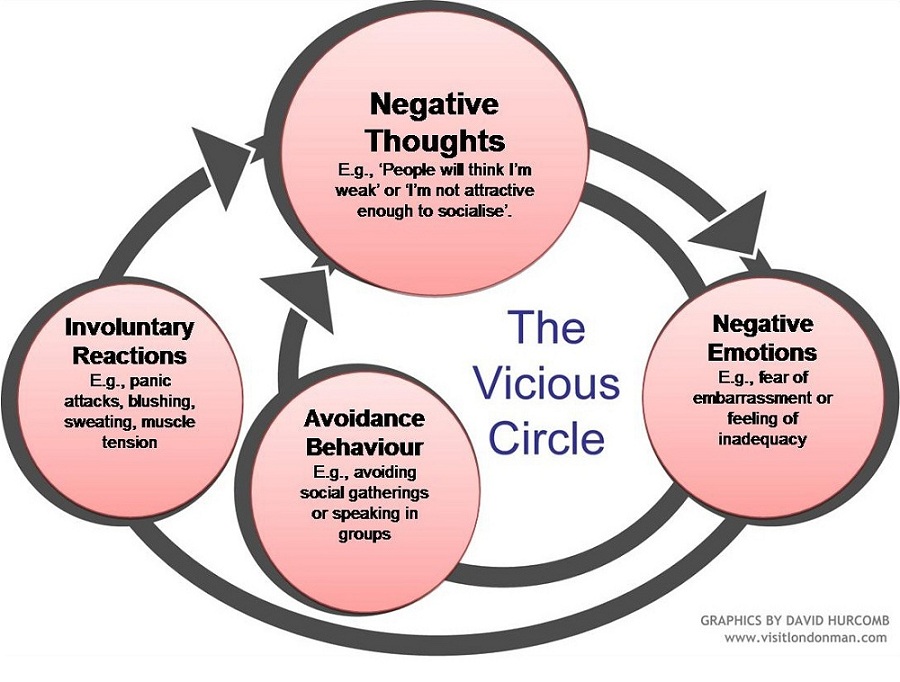 After treatment and other efforts to get better many people with severe social anxiety improve dramatically, to the point where they can be classified as high-functioning. People who reach this stage—or who were always high-functioning—can form relationships, pursue careers, and make sustained efforts to fulfill their potential in all areas of life. Nevertheless, they continue to experience symptoms of anxiety that are unpleasant and life-altering, and that is why people with high-functioning social anxiety can still benefit from treatment.
After treatment and other efforts to get better many people with severe social anxiety improve dramatically, to the point where they can be classified as high-functioning. People who reach this stage—or who were always high-functioning—can form relationships, pursue careers, and make sustained efforts to fulfill their potential in all areas of life. Nevertheless, they continue to experience symptoms of anxiety that are unpleasant and life-altering, and that is why people with high-functioning social anxiety can still benefit from treatment.
Social anxiety disorder is the second most commonly diagnosed form of anxiety disorder. Sufferers experience overwhelming feelings of nervousness and fear of rejection during most social interactions, which leads them to avoid such situations if possible. People with full-blown social anxiety disorder can be severely limited by their social phobia, experiencing difficulties in many areas of their lives.
But chronic social anxiety is not always this disabling.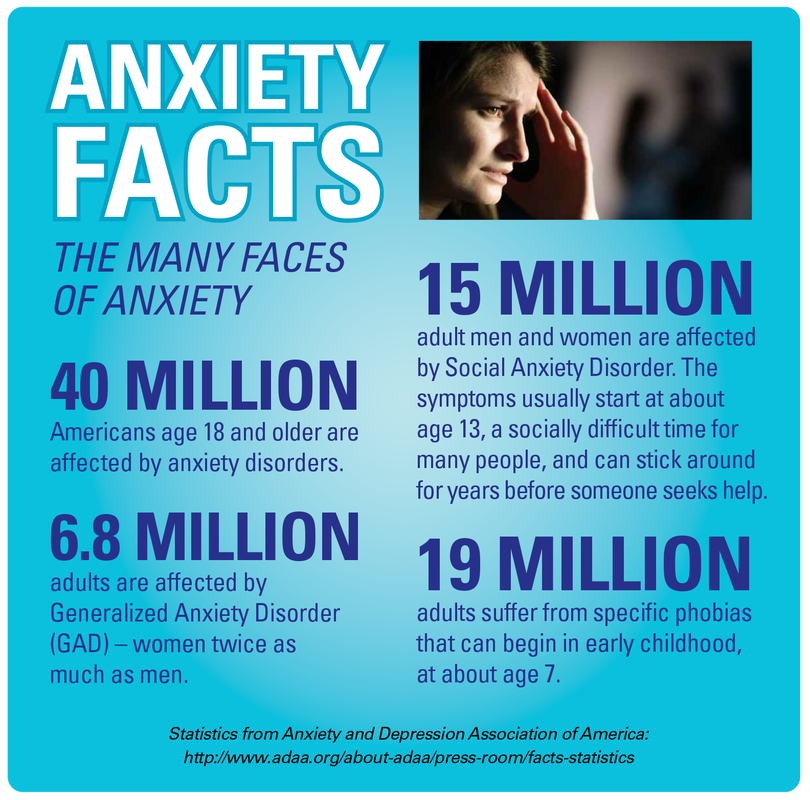 Some people experience the fear and anxiety, but at a level that does not prevent them from forming relationships, holding down jobs, pursuing volunteer opportunities, making speeches, or otherwise performing or speaking in public. These individuals have high-functioning social anxiety, which is unpleasant and stressful but not paralyzing enough to keep sufferers from living a normal life.
Some people experience the fear and anxiety, but at a level that does not prevent them from forming relationships, holding down jobs, pursuing volunteer opportunities, making speeches, or otherwise performing or speaking in public. These individuals have high-functioning social anxiety, which is unpleasant and stressful but not paralyzing enough to keep sufferers from living a normal life.
Some people with high-functioning social anxiety have always been that way, while others experienced improvements in their anxiety symptoms and/or performance levels over time.
Social anxiety produces physical, psychological, emotional, and behavioral symptoms. For those with normal social anxiety disorder, all their symptoms reinforce their inability to socialize and communicate.
People with high-functioning social anxiety do experience the same physical and psychological/emotional symptoms as other social anxiety sufferers, but usually at reduced levels of intensity. And they exhibit far fewer behavioral symptoms, which is the primary reason their social anxiety carries the label high-functioning.
The physical symptoms of social anxiety include:
- Blushing
- Sweating
- Rapid heartbeat
- Lightheadedness, dizziness
- Stomach cramps or nausea
- Difficulty breathing
- Trembling
- Dry mouth
- Difficulty thinking of the right words when speaking
People with high-functioning social anxiety are familiar with each of these symptoms, although they don’t manifest as frequently or as strongly as they do in people with more serious social phobia. Nevertheless, such symptoms can be exhausting and unpleasant, and high-functioning social anxiety sufferers don’t look forward to social encounters that are likely to provoke such reactions.
Meanwhile, the psychological and emotional symptoms of social anxiety can be experienced before, during, and after social encounters. They include:
- An intense fear of rejection
- Constant fear of saying or doing something embarrassing
- Extreme discomfort around authority figures
- Reluctance to express viewpoints openly and honestly
- Obsession over worst-case scenarios and negative outcomes
- Defensiveness and paranoia when asked questions
- Fear that anxiety reactions are visible and will be noticed by others
- Assuming that others are hostile and quick to judge
- Shame over the social anxiety, or about being “different”
- Intense self-criticism and second-guessing after social encounters have ended
People with social anxiety disorder suffer from excessive and disabling self-consciousness, which can make even previously desired social interactions hard to endure. Those with high-functioning social anxiety experience many of the same thoughts and fears, but they have developed strategies to push through the fear and engage with others when necessary.
Those with high-functioning social anxiety experience many of the same thoughts and fears, but they have developed strategies to push through the fear and engage with others when necessary.
Social anxiety disorder impacts behavior as well as emotions, as sufferers often go to extreme lengths to avoid unnecessary social encounters. When interactions are unavoidable they will speak as little as possible and escape as quickly as they can, despite the shame their avoidant behavior makes them feel. They tend to prefer online interactions over using the phone or speaking to people in person, and they develop the habit of doing things alone that others do with companions.
People with high-functioning social anxiety may also avoid human contact if they judge it as non-essential. But for the most part they don’t let their social fears prevent them from doing what they really want to do. Because their avoidant behavior is more restrained and controllable they can make friends, find romantic partners, apply for jobs, ask for help in stores, or do a thousand other things those with severe social anxiety find problematic.
The amount of human contact they initiate is still somewhat limited in comparison to more outgoing people, and they still tend to be uncomfortable around strangers or casual acquaintances. But people with high-functioning social anxiety are not so quick to let opportunities for satisfying experiences pass them by, and their lives are richer and more rewarding than those of social anxiety disorder sufferers as a result.
Call for a Free Confidential Assessment.
877-727-4343The symptoms of some with high-functioning social anxiety were always mild or moderate. What they’ve experienced is more stressful and life-altering than normal shyness, but their social anxiety was never powerful or intimidating enough to seriously hamper their ability to build relationships or achieve their goals.
However, the situation for many high-functioning social anxiety sufferers is different. In childhood, during adolescence and into young adulthood, their social anxiety symptoms were strong and persistent, limiting their activities in many ways and inhibiting them in their search for happiness and fulfillment.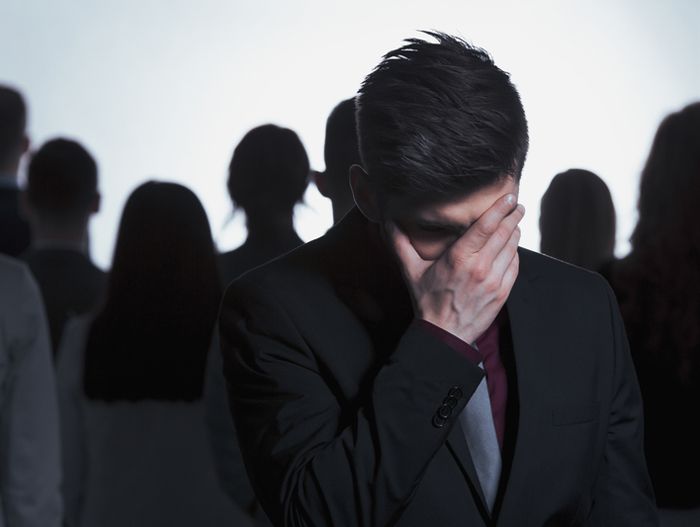 Only over time were they able to get a handle on their social anxiety, learning to cope with it well enough to finally break out of their self-imposed social exile.
Only over time were they able to get a handle on their social anxiety, learning to cope with it well enough to finally break out of their self-imposed social exile.
There are a number of reasons why some people overcome the worst of their social anxiety symptoms. Most men and women who recover from social anxiety disorder do so only after seeking treatment, often at a residential mental health treatment facility. With a combination of psychotherapy and medication, most social anxiety sufferers can eventually learn to manage their symptoms, which may decline in intensity if treatment continues for an extended period.
While treatment for social anxiety disorder is vitally important, there are often other factors involved that help sufferers make the transition from severe to high-functioning social anxiety. Some of these factors include:
Self-help
In addition to or in place of treatment, many social anxiety sufferers will turn to self-help books that describe techniques or strategies for overcoming their nervousness around people. They may also sign up for courses that promise to teach communication skills or methods for overcoming shyness or self-esteem problems. Online forums and social media offer still more options for self-help, for socially anxious people looking to connect with peers for advice and moral support.
They may also sign up for courses that promise to teach communication skills or methods for overcoming shyness or self-esteem problems. Online forums and social media offer still more options for self-help, for socially anxious people looking to connect with peers for advice and moral support.
While books, classes, and online friends cannot replace organized treatment, as a supplement to it they can be quite impactful.
Mind-body healing techniques
Holistic wellness practices have grown in popularity in recent years, as word about the health-enhancing effects of yoga, meditation, massage therapy, Tai Chi, music and art therapy, hypnosis, biofeedback, and other mind-body healing techniques has spread. Many residential mental health treatment centers now offer holistic healing practices as a part of their recovery programs, which is a testament to how well they work both inside and outside of rehab.
For social anxiety sufferers, and those who experience anxiety in general, holistic mind-body practices can help relieve stress and assist in the ongoing process of retraining the brain to react with less fear and paranoia during social interactions.
Declines in intensity related to aging
One long-term study of social anxiety disorder sufferers found that 37 percent showed significant improvement in their symptoms over a 12-year period, despite not receiving any treatment.
However, the average survey participant had already experienced social anxiety for 19 years at the beginning of the experiment, so these statistics don’t suggest much hope of spontaneous improvement for younger social anxiety sufferers. Also, the 37-percent improvement rate was markedly lower than the recovery rates for generalized anxiety disorder (58 percent) and panic disorder (82 percent). So age-related improvements aside, treatment remains critically important for most people suffering the symptoms of severe social anxiety.
The need to take care of life’s necessities
Regardless of the severity of their initial social phobia symptoms, most social anxiety sufferers still must fulfill certain life responsibilities in order to survive. This could mean enrolling in college, meeting all academic requirements on chosen career tracts, interviewing for jobs, and performing all workplace duties and assignments necessary to do a job correctly once it has been secured. Interpersonal imperatives also cause many social anxiety disorders sufferers to reach out to others for love or friendship, and that is now easier to do through various online venues.
This could mean enrolling in college, meeting all academic requirements on chosen career tracts, interviewing for jobs, and performing all workplace duties and assignments necessary to do a job correctly once it has been secured. Interpersonal imperatives also cause many social anxiety disorders sufferers to reach out to others for love or friendship, and that is now easier to do through various online venues.
The strength of their social anxiety symptoms notwithstanding, most social anxiety disorder sufferers will eventually reach out to, connect with, or be forced to interact with other people, and as they gain more experience interacting with others their social skills and comfort level are bound to improve to a degree.
People with high-functioning social anxiety are relatively privileged in comparison to those with social anxiety disorder. But they often earned their high-functioning status through hard work, dedicated effort, and an ongoing commitment to treatment, which is an avenue for recovery potentially open to all.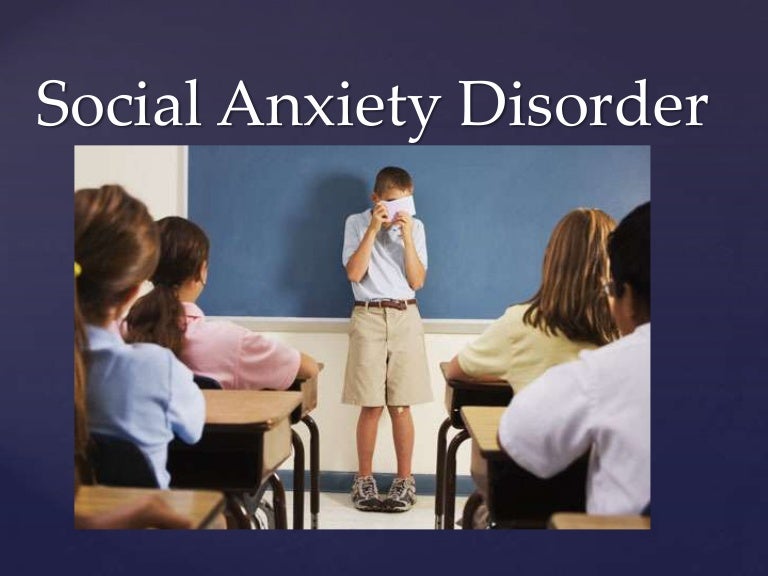
As a starting point, inpatient social anxiety treatment programs in a residential mental health facility gives social anxiety disorder sufferers the best chance for eventual recovery. But inpatient treatment also has much to recommend it for those who’ve been high-functioning for many years, who often suffer in silence despite outward appearances.
With intensive, round-the-clock treatment services in a fully supportive healing environment, men and women with high-functioning social anxiety can find further relief from their most persistent symptoms, which may remain unpleasant, stress-inducing, and limiting in many ways despite not being fully debilitating.
While there is no cure for social anxiety, when its symptoms are present there is always room for improvement, even if those symptoms haven’t been a substantial barrier to achievement. Mild-to-moderate social anxiety is still social anxiety, and inpatient and outpatient treatment programs are still appropriate and usually highly effective for those who experience social anxiety in any form or at any level of intensity.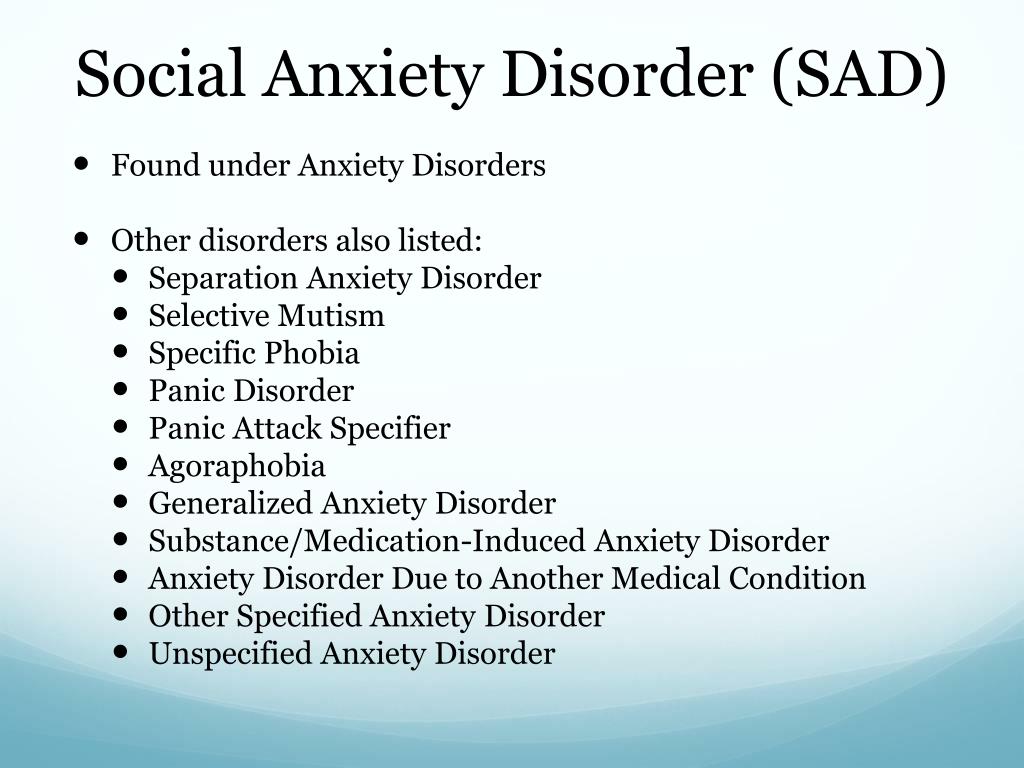
Who are toxic people and why they should be avoided
After communicating with such people, negative emotions appear: anxiety, embarrassment, guilt, feelings of worthlessness or unpaid debt.
articleContent There are many sources of negativity in life. Sometimes unfavorable circumstances arise. In such situations, it is important to remember that everything is for the best, and that you always have the opportunity to change your life. The first thing to do is to limit contact with toxic people.
How do you recognize a toxic person?
1. A toxic person does not stop when he wants to make a remark. He criticizes you with pleasure, although he can hide behind phrases like "I only wish you well."
Why does he do this? First of all, because he himself sees the world around him in gray and black colors. And this negativity is trying to splash out. The reason for this condition can be different - hormonal failure, children's complexes or lack of education, bad mood or health. All this leads to the fact that such a person complains and does nothing to change the situation, because he sees the problem in others, and not in himself.
All this leads to the fact that such a person complains and does nothing to change the situation, because he sees the problem in others, and not in himself.
READ ALSO: Energy vampires - do they really exist?
2. If you are in close contact or, for example, are in a love relationship with a toxic person, then your life is constantly filled with drama. Crises, conflicts, tantrums, scandals - you get all this in full. Such people enjoy the very process of the scandal, but after it they also manage to make themselves victims and blame you.
3. Everything revolves around them, all troubles happen only to them. According to toxic people, everything that other people say and do is done to harm them. Toxic people are very fond of calculation in relationships. How much you are to me - so much I to you. And God forbid more.
4. When dealing with toxic people, it is quite easy to lose your personal bearings, because they are sure of what they require from you. It is often easier to obey their demands than to resist them.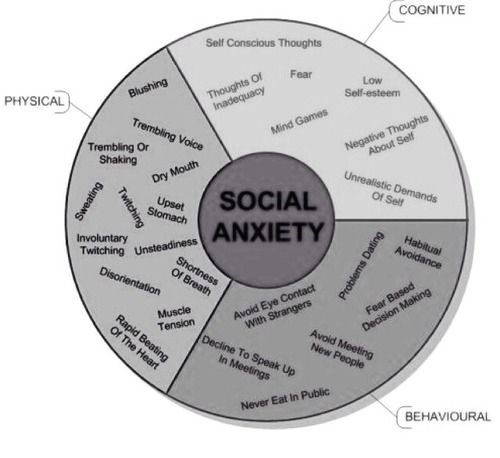
5. Toxic people collect pain, resentment, and loss. Concentrate them in yourself and constantly talk about it. In general, they have negative thinking, and turn even positive into negative.
articleContentToxic people in our immediate environment affect our entire lives. They endlessly emphasize shortcomings and point out mistakes, but do not encourage development and do not praise successes. They deprive us of dignity and rejoice in our defeats.
How to live next to them?
1. First you need to get rid of the guilt that toxic people instill. Guilt has nothing to do with conscience. After all, conscience regulates human relations in accordance with moral standards, and guilt is associated with a specific person whose interests you allegedly limited.
SEE ALSO: 10 Tips for Teaching Children
2. Stick to the facts when dealing with these people. Draw their attention to what needs to be done to solve the problem. If such a person becomes more and more angry, stop talking, let the person recover a little.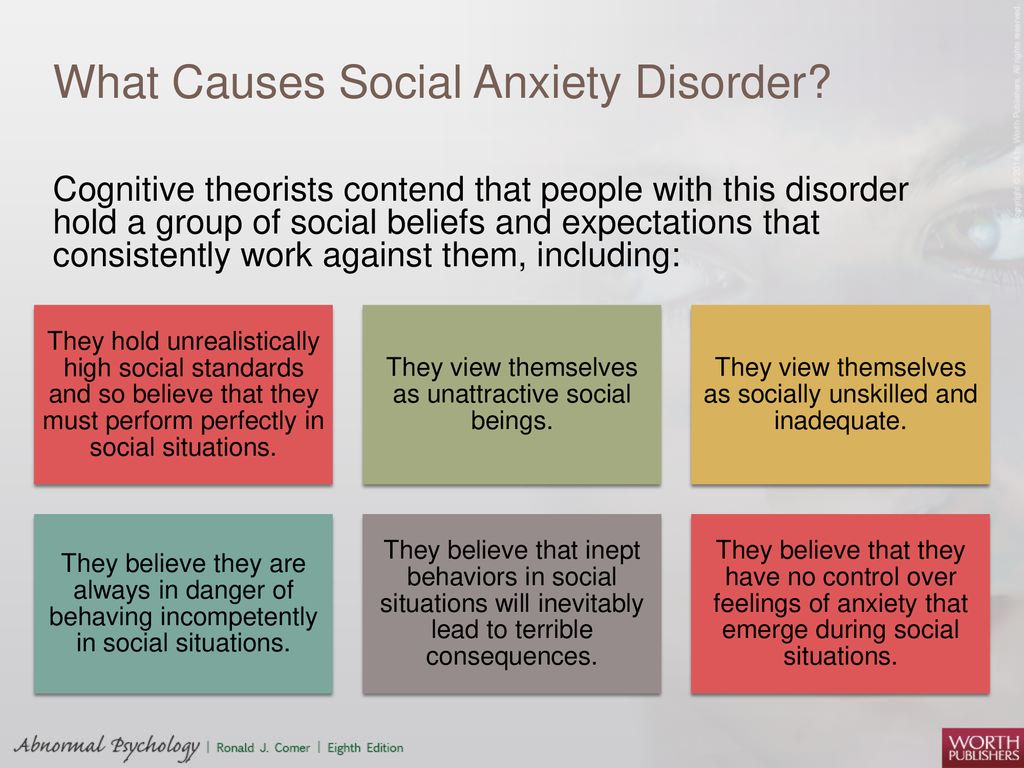
3. Don't pay too much attention to negative people. Deal with them quickly, and if you have to listen to them, don't ask questions.
articleContent4. Learn to regulate communication. If you don't like what the other person says, try to ignore what she's saying. Focus on the positive and constructive parts of the conversation, and when the other person gets negative, think about something else.
READ ALSO: What is Body Positive
Try to perceive people as they are. Toxic people are only those whose negativity affects you badly. You can be friends with such people. This does not necessarily mean that there is something wrong with them. Accept people for who they are, but don't let them influence you.
Tags:
#psychology of relationships
Related news
Psychological test in the picture: what emotion dominates in you
October 22
#test
Breakfast with 1+1
When there is no light: how to reduce irritation and what to do with children (psychologist's advice)
October 17
#psychologist's advice
Psychological test in the picture: what is your role in life
October 15
#lifestyle
Psychological test in the picture: what are you in a relationship
October 8
#lifestyle
“All of us, apparently, have turned into such pointed lumps of nerves,” Katerina Osadchaya told how relations with Yuri Gorbunov changed during the war
June 8
#war
Breakfast with 1+1
How to help a child survive separation from dad because of the war (advice from psychologist Svetlana Roiz)
May 16
#war
“I wanted to hide in a narrow gap under the closet”: how people with social phobia live
Antonina, 35 years old
possibly mom.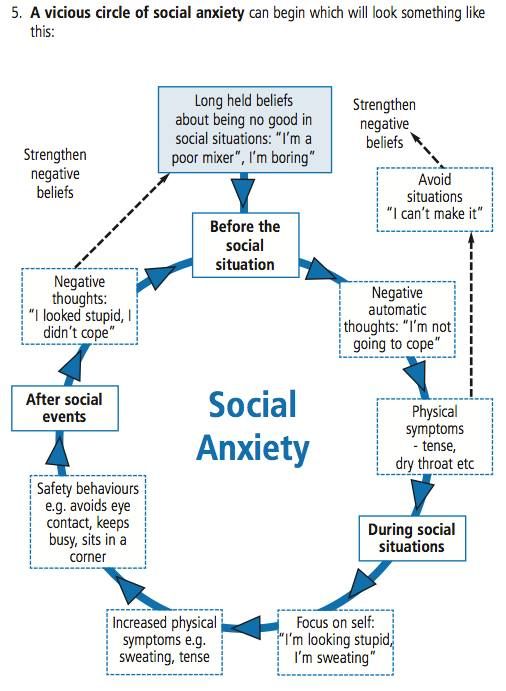 This is despite the fact that I am not a closed person and I like to communicate. But if I was invited somewhere, and then suddenly everything was canceled, I will feel relieved.
This is despite the fact that I am not a closed person and I like to communicate. But if I was invited somewhere, and then suddenly everything was canceled, I will feel relieved.
I rarely take the initiative - usually my friends or my husband invite me somewhere. By the way, it is much easier for me to go out somewhere in the company of my husband than alone, because he takes care of communication. Now I am rarely invited somewhere: my old friends have either left or they have small children. This makes me happy and sad at the same time.
Often, after communicating with a person, I feel very acutely embarrassed because of the way I behaved all my attention. Therefore, I like to communicate with people who talk about themselves all the time and do not allow words to be inserted into the dialogue - I feel comfortable with them.
Often, after interacting with a person, I feel very acutely uncomfortable because of the way I behaved: I remember some phrase that I said, or I get the general impression that I behaved stupidly.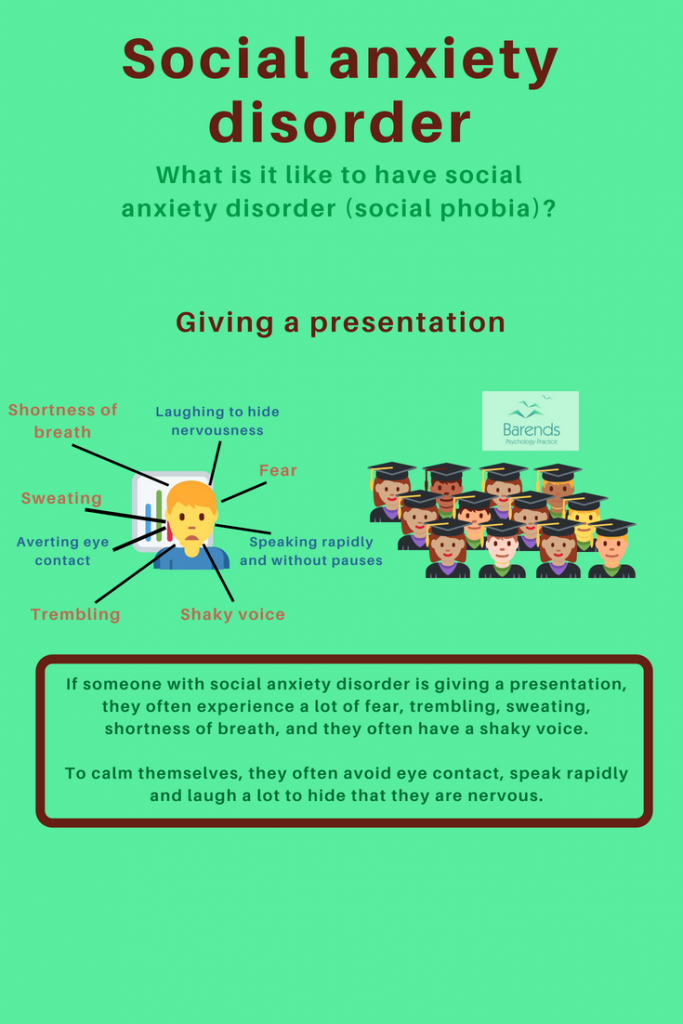 This feeling, similar to shame, comes in waves for a couple more days, and it is very difficult for me to endure it - so much so that I can scratch my hands, scream sharply, or hit the wall with my fist.
This feeling, similar to shame, comes in waves for a couple more days, and it is very difficult for me to endure it - so much so that I can scratch my hands, scream sharply, or hit the wall with my fist.
When I worked, it was easy for me to communicate with colleagues: I was a system administrator, and I was interested in my colleagues as a professional, and not as an interlocutor. It’s easier for me when there is some kind of protocol for communication: I got on the minibus, handed over money, received change, sat down - everything is simple. It is much more difficult to do something new: go to an unfamiliar doctor in an unfamiliar hospital, organize a child’s birthday, get documents from an official. Such cases hang on me as a heavy burden, and if it works out, I ask someone else to do them for me.
I’m scared to even stand in line for a minibus, and when I last submitted my documents for a foreign passport, it came to a panic — I was afraid that a live queue would tear me apart
Superficial communication, the so-called small talk (translated from English "little conversation" - Note ed.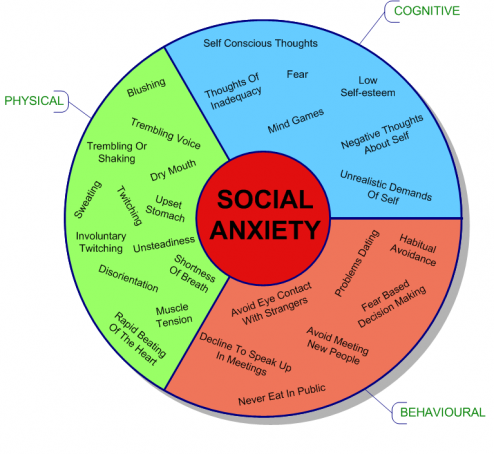 ), because I don't know what I can talk about and how I should answer. I am constantly afraid to blurt out something wrong, I am afraid that people will laugh at me and call me strange.
), because I don't know what I can talk about and how I should answer. I am constantly afraid to blurt out something wrong, I am afraid that people will laugh at me and call me strange.
For me, the worst thing is to be in a situation of real or potential aggression. I’m scared even to stand in line for a minibus, and when I last handed in my documents for a foreign passport, it came to panic - I was afraid that a live line would tear me apart. Perhaps this is due to my experience of bullying.
I cope with social phobia simply by adjusting the amount of social contacts - sometimes I refuse something that I don't think I can handle. My relatives help me in some ways - for example, my husband goes to parent-teacher meetings.
There was a time in my life when almost any communication was scary, perceived as potentially dangerous. I went to a psychiatrist, and I was diagnosed with post-stress disorder, and then I was diagnosed with depression. After I began to treat depression, fear disappeared from communication, although it is still difficult for me.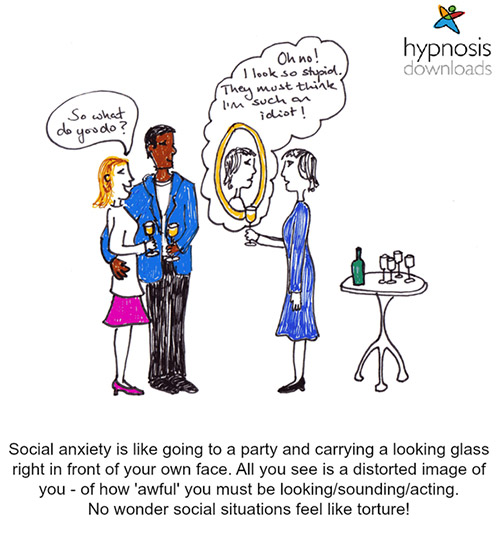
Rina, 26 years old
Now I live in Vladimir — it's a small but very cool city. I work in a bookstore, do sketches for tattoos, and sometimes help design weddings. In addition, I run a telegram channel where I write about my mental disorder, among other things.
Social phobia is not my main diagnosis, the main one is bipolar disorder of the first type and mild schizophrenic disorder. It all started in 2011, which turned out to be especially difficult: I studied and worked, so I didn’t have time to stop and think about myself. I stayed in this mode for quite a long time, but closer to autumn, it began to cover me - I didn’t want to work or meet friends. I lived in constant tension, suffered from the fact that I did not have time to complete everything on time, and as a result, I became afraid to go to the office and communicate with people. Panic attacks happened to me in crowded places. I turned to my mother for advice, and she gave me the contacts of her psychotherapist. She prescribed drugs, from which I just slept 20 hours a day, and in the end I stopped working with her.
She prescribed drugs, from which I just slept 20 hours a day, and in the end I stopped working with her.
I irrationally wanted to hide under the closet - not under the bed, not in the closet, but in a narrow gap under it, where no one would definitely find me
At the end of the year, I had a serious breakdown. I got myself a week's vacation and went to a friend's place in Moscow. After working on vacation for a few days, I felt really bad. I remember how I sat in the room and was afraid to go into the kitchen, where my three friends were. I irrationally wanted to hide under the closet - not under the bed, not in the closet, but in a narrow gap under it, where no one would definitely find me. Then I was scared to ride the subway, because it is deep underground, and there are a lot of people there. When the noise of the trains became unbearable for me, I squatted down and covered my ears with my hands.
I went to a psychologist, but not about social phobia. I was lucky with the specialists, and they diagnosed me with a bipolar disorder of the first type with abrupt transitions between phases, which means that I do not have intermissions, that is, relatively calm periods between manic and depressive phases.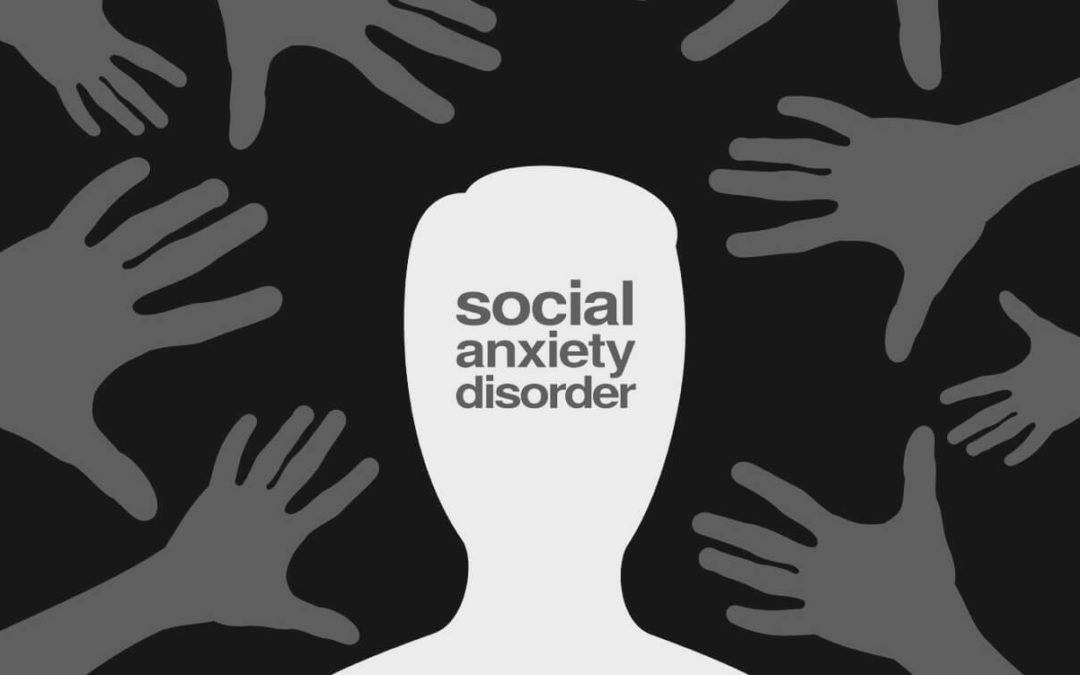
Before I started treatment, I often just forced myself to communicate with people despite my fear. Now I have learned to notice in time when such a state comes over me, and try to limit communication until I feel better. It helps me a lot that my current social circle consists of people who accept my oddities and do not force me to communicate with them through force. Now I know for sure that I am an introvert, and I am comfortable limiting my communication to a couple of close friends. I know them very well, communication with them is predictable, I understand what to expect from them, and they know what they can expect from me.
The best compliment I received was from one girl who looked at me and said, "You know, you don't look like a person with problems at all." I was very happy - the prank was a success!
Unfortunately, I know many examples when people around do not consider mental disorder a real problem and dismiss the complaints of the one who suffers from it.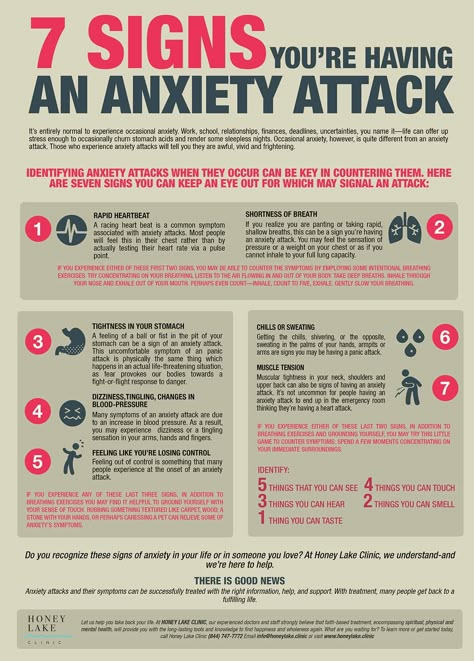 A person who hears words like “Yes, you need a good man” and “Just clean the house” in his address does not feel better, and for some people, the symptoms of the disorder can only intensify from this. The best way to communicate with a person who even has panic attacks against the background of social phobia is simply not to pressure him, do not drag him to noisy parties and not be offended when he refuses to meet.
A person who hears words like “Yes, you need a good man” and “Just clean the house” in his address does not feel better, and for some people, the symptoms of the disorder can only intensify from this. The best way to communicate with a person who even has panic attacks against the background of social phobia is simply not to pressure him, do not drag him to noisy parties and not be offended when he refuses to meet.
Now I have learned to meet new people quite easily, but in most cases my new acquaintances do not cross the border of friendship. I think that in five years I will be able to successfully impersonate a completely normal person. By the way, the best compliment was given to me by one girl who looked at me and said: “You know, you don’t look like a person with problems at all.” I was very happy - the prank was a success!
Ayman, 21
I would like to talk about how social phobia can manifest itself in an autistic person. It is important that not all autistic people experience social phobia, and not all people with social phobia are autistic.
I experienced a state very close to the clinical understanding of social phobia when I was in school, now this problem is almost solved. Now I live in St. Petersburg and lead the Autistic Civil Rights Initiative, help LGBT people with disabilities in the Queer Peace project, and run the Neurodiversity in Russia and LGBTI+ Autistic websites.
When I was in school, I didn't feel safe. There was a feeling that I was in a totalitarian state, where at any moment they could take away my things (both children and teachers), hit me, and not let me go somewhere. I felt that I could not read and write what I wanted - I was afraid that they would ask me strange questions. I was bullied at school, so I was generally afraid to say anything. This is despite the fact that it was difficult for me to formulate my thoughts orally (this is a fairly common problem in autistic people). Even in those rare cases when I could say something (for example, when I understood how to ask classmates for a pen), I often opened my mouth and could not utter a word.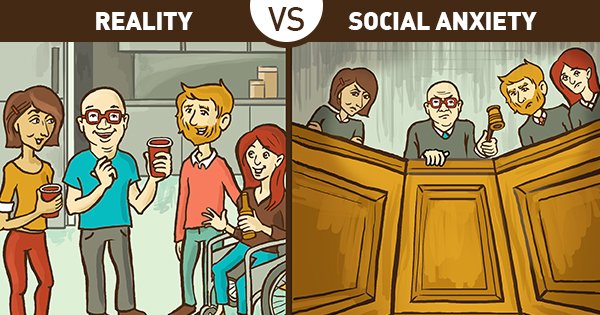 Often I could not understand what was happening, because I seemed to be chained from the inside. I was thrown into a fever, my heart was beating strongly, and this was only when I tried to ask for a pen, what can I say about full communication.
Often I could not understand what was happening, because I seemed to be chained from the inside. I was thrown into a fever, my heart was beating strongly, and this was only when I tried to ask for a pen, what can I say about full communication.
Hearing the laughter of unfamiliar teenagers, I crossed to the other side of the street
The more important the conversation was for me, the more difficult it was to speak. This is paradoxical, because for such conversations I chose the words in advance, thinking through everything to the smallest detail. But I was afraid that after every word they would laugh at me, no matter what I said. It was also difficult to answer the teachers' questions - I could formulate only 5-10 percent of what I could say, but often I could not squeeze out even these 5-10 percent.
I got over my social phobia when I realized that I would not be left behind until I spoke. I began to forcibly squeeze out at least some word, at least a tenth of what I had thought through.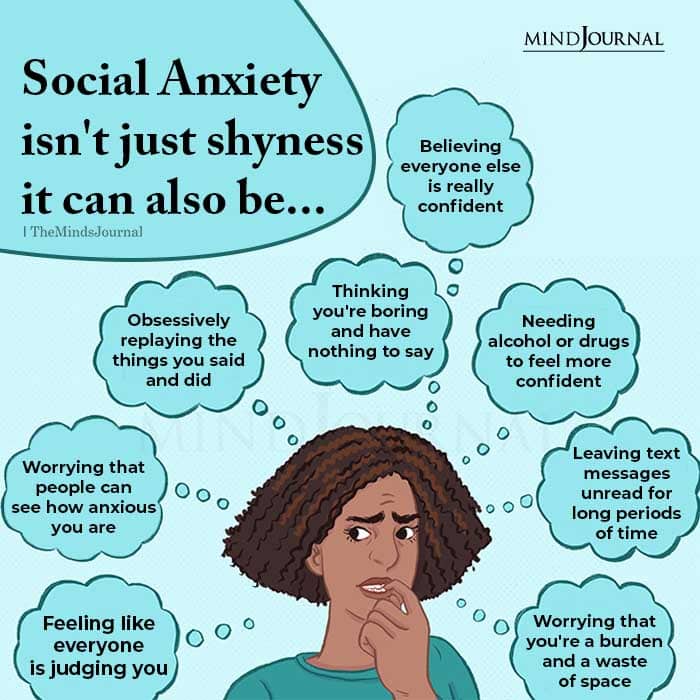 I did it quickly so as not to look whether they were listening to me or not, not to think about the reaction of others and not be distracted. And so time after time - it was very scary.
I did it quickly so as not to look whether they were listening to me or not, not to think about the reaction of others and not be distracted. And so time after time - it was very scary.
During that period, I was frightened by any strange behavior of people, even strangers who did not even think of approaching me. I looked around when I was walking down the street and talking with someone close to me, and when I heard the laughter of unfamiliar teenagers, I crossed to the other side of the street. When they approached me to find out the time, I internally reacted to this as if they were trying to attack me. I was especially afraid of young people who looked like my classmates.
But one day I noticed that there were no more mental problems related specifically to speech. I was talking to a woman in the village I went to every summer, and I suddenly realized that, despite the fact that she is young, when I talk, I don’t feel like something is holding me down from the inside.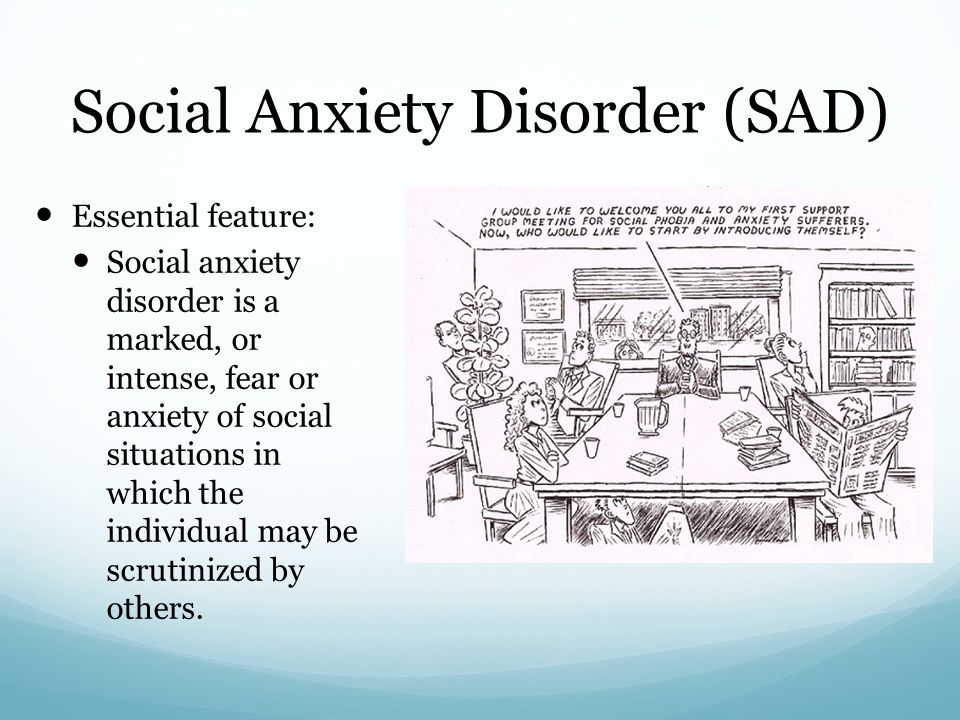 It also helped to communicate with the girls in the village - I knew them for a long time and felt safer with them.
It also helped to communicate with the girls in the village - I knew them for a long time and felt safer with them.
My persistence in wanting to learn how to communicate and make friends also helped. When I got better, I forced myself to chat with strangers, such as a salesperson in a book or CD store. Sometimes I imagined myself as my sociable classmate - so the task turned from "overcoming fear" into "an exercise in the formulation of thoughts and acting skills."
It did not make it easier for me to formulate my thoughts orally, but the fear and the feeling of constraint were gone. I was able to communicate with any people in the same way as I communicated with my closest relatives.
Social phobia is a fairly common disorder. His characteristic feature is a feeling of intense irrational anxiety that is out of control. This anxiety manifests itself in situations related to communication, and very often such a reaction is caused by speaking in public - in a child, for example, this may be the answer at the blackboard at school.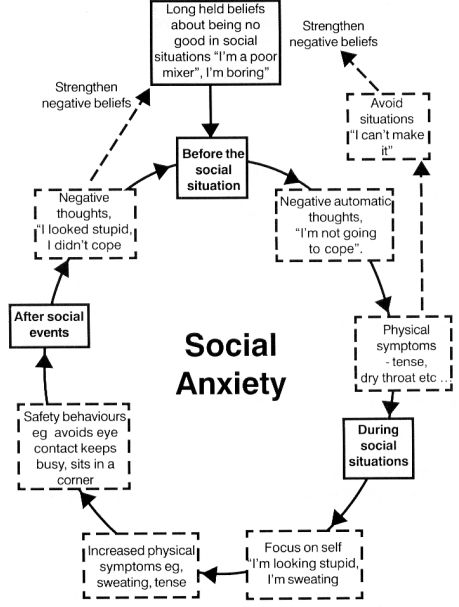 In this state, it may seem to a person that thoughts simply disappear from his head. There are also somatic manifestations: rapid breathing and palpitations, tension or, conversely, relaxation in the muscles, severe fatigue, discomfort in the stomach up to a sudden need to go to the toilet, even a hypertensive crisis is possible. From the outside, it looks like a person suddenly fell ill: he can turn pale, blush, tremble, his pupils dilate. And as soon as the cause of fear is removed, he will feel better.
In this state, it may seem to a person that thoughts simply disappear from his head. There are also somatic manifestations: rapid breathing and palpitations, tension or, conversely, relaxation in the muscles, severe fatigue, discomfort in the stomach up to a sudden need to go to the toilet, even a hypertensive crisis is possible. From the outside, it looks like a person suddenly fell ill: he can turn pale, blush, tremble, his pupils dilate. And as soon as the cause of fear is removed, he will feel better.
It is easier for such people to communicate with acquaintances, but it is still scary: it is scary to seem stupid, make a mistake, look funny. It is also common for women to worry a lot about their appearance. Also, it may seem to a person that something terrible will happen right now.
In especially severe cases, social phobia can result in such physiological manifestations as, for example, frequent urination. I know of a case where a woman suffering from this disorder moved around the city in such a way that she was always near the toilet.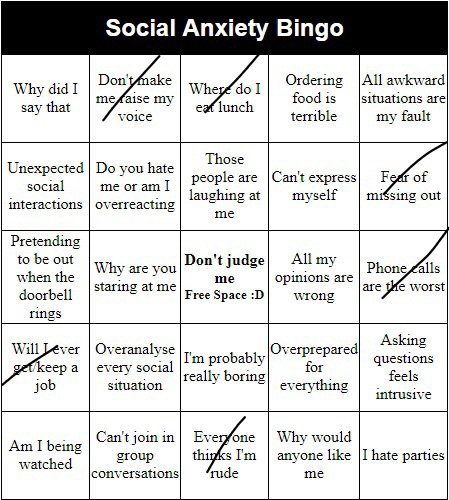 She was afraid to eat and drink outside the house, fearing that she would not be able to resist this urge.
She was afraid to eat and drink outside the house, fearing that she would not be able to resist this urge.
Puberty is a very disturbing period in itself, and if, for example, excessive family demands are imposed on it, social phobia may also arise
Social phobia can greatly complicate a person's life. For example, he may have serious difficulties in getting a job because he cannot pass an interview. Business contacts can also be given with great difficulty: it is difficult for a person with social phobia to participate in discussions, especially with strangers whom he meets for the first time. It is also difficult for him to concentrate on work or study, his productivity and academic performance suffer. Sometimes a person with social phobia may lose a job because from the outside it may seem that he is lazy and does nothing all day. But in fact, he is not lazy, but endlessly scrolls his catastrophic scenario in his head, experiences fear.
Most often, social phobia manifests itself in adolescence.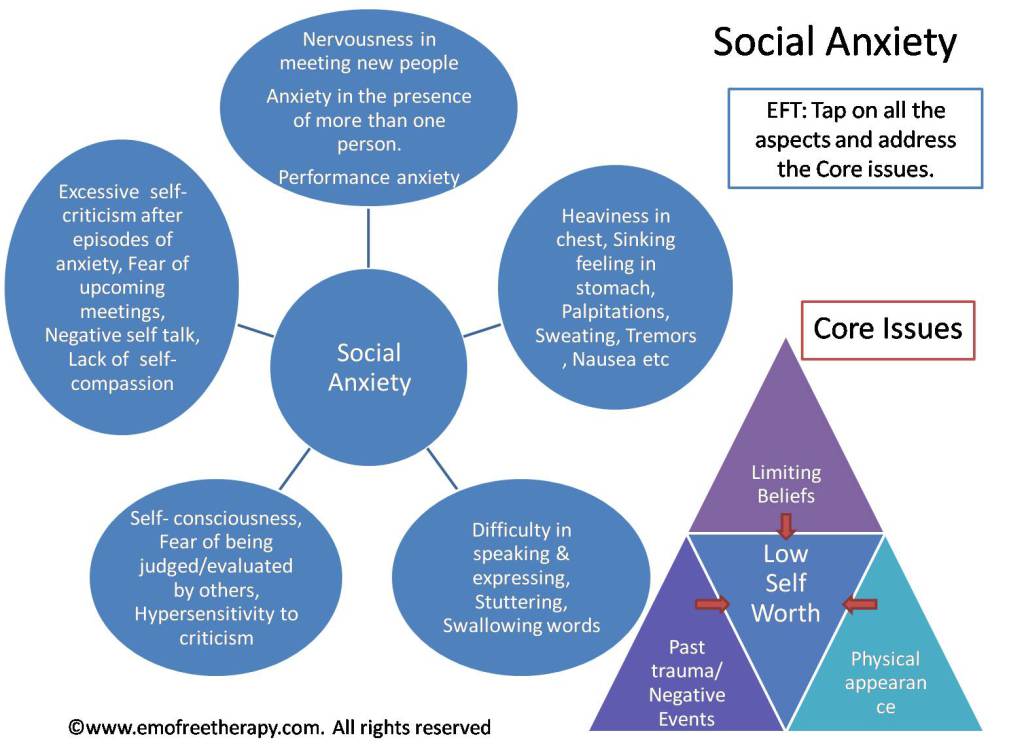 Puberty is a very disturbing period in itself, and if, for example, excessive family requirements are superimposed on it, social phobia may also occur. We have all experienced this: when parents do not praise their children, but, on the contrary, devalue their feelings and strongly criticize, focus on failures instead of achievements.
Puberty is a very disturbing period in itself, and if, for example, excessive family requirements are superimposed on it, social phobia may also occur. We have all experienced this: when parents do not praise their children, but, on the contrary, devalue their feelings and strongly criticize, focus on failures instead of achievements.
Parents often do not take seriously the onset of social phobia. For example, if a student received a deuce, parents will simply drive him to retake, thinking that he did not learn the lesson, while he simply cannot bear the very situation of the exam. Anxiety disorders tend to develop, and in some cases they can develop into panic disorders, and to such an extent that the person may require hospital treatment.
A person who lives with social phobia develops an avoidance reaction, he can come up with rather complicated ways to avoid situations that frighten him. For example, if he is afraid to make a presentation, he can write the perfect text and ask another person to speak with him.